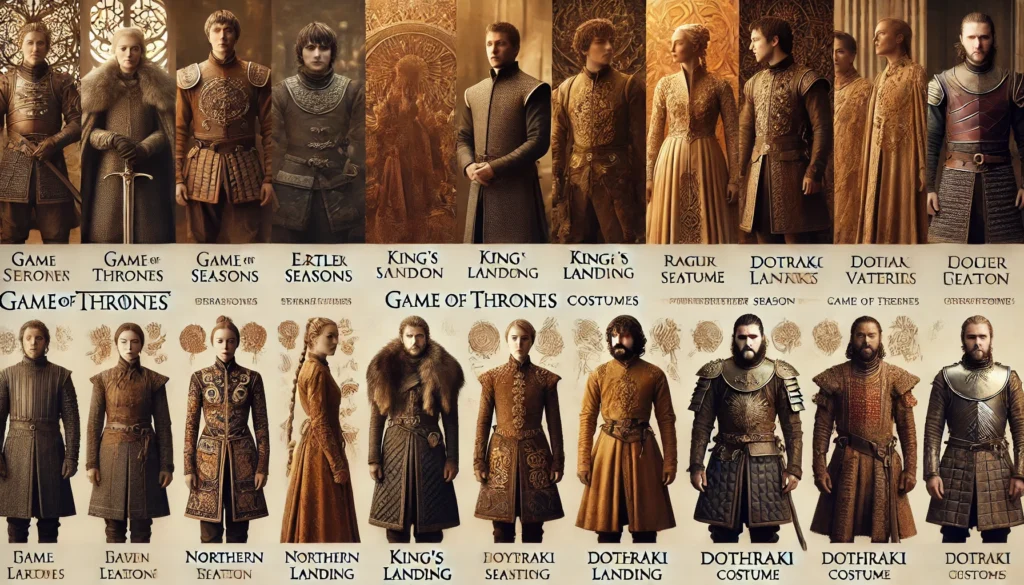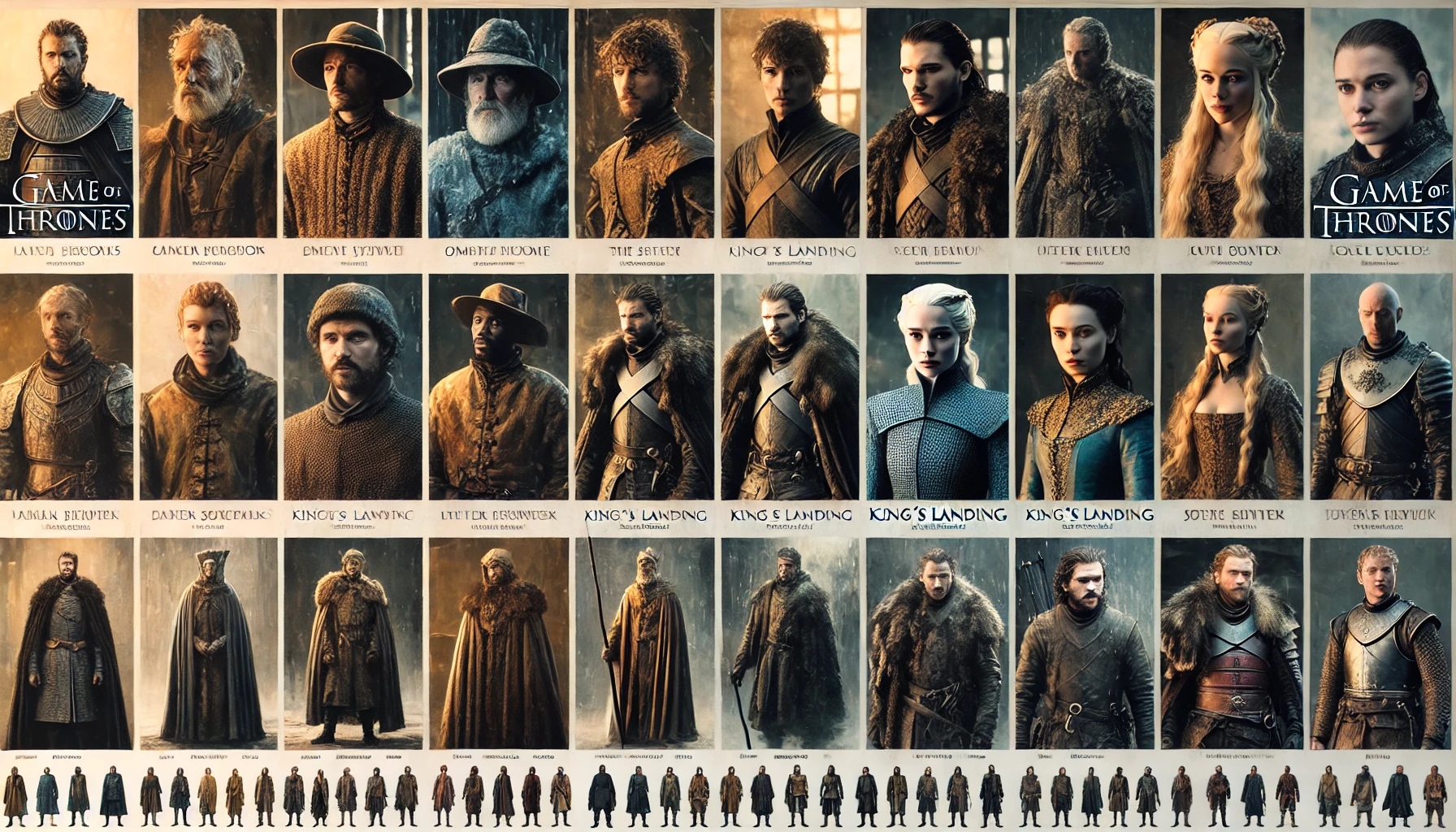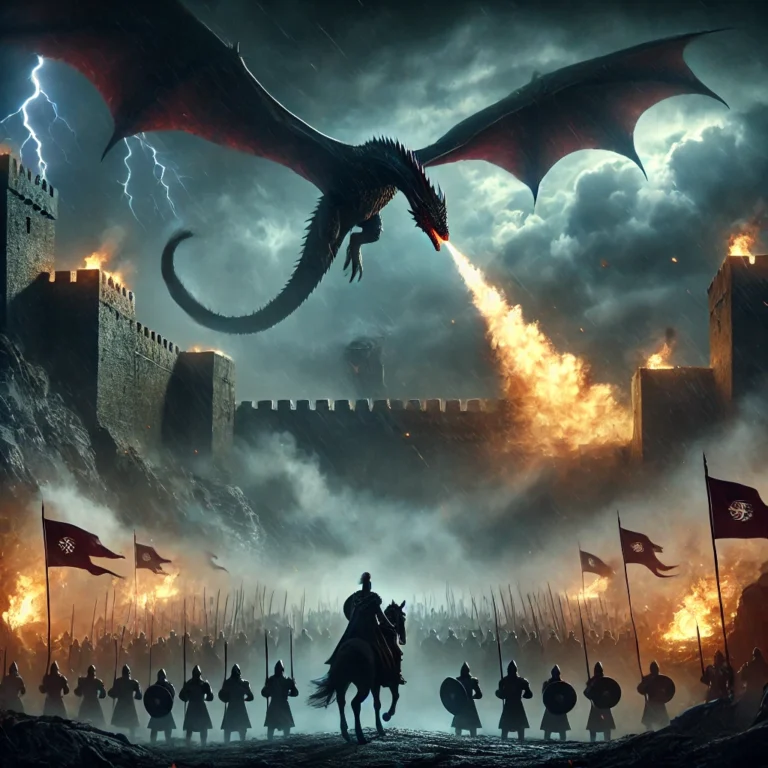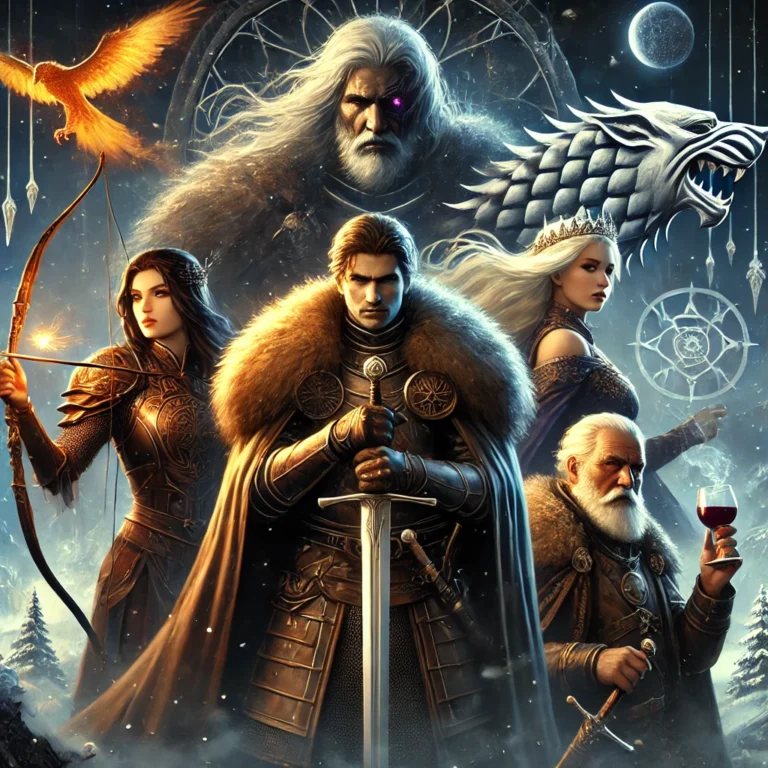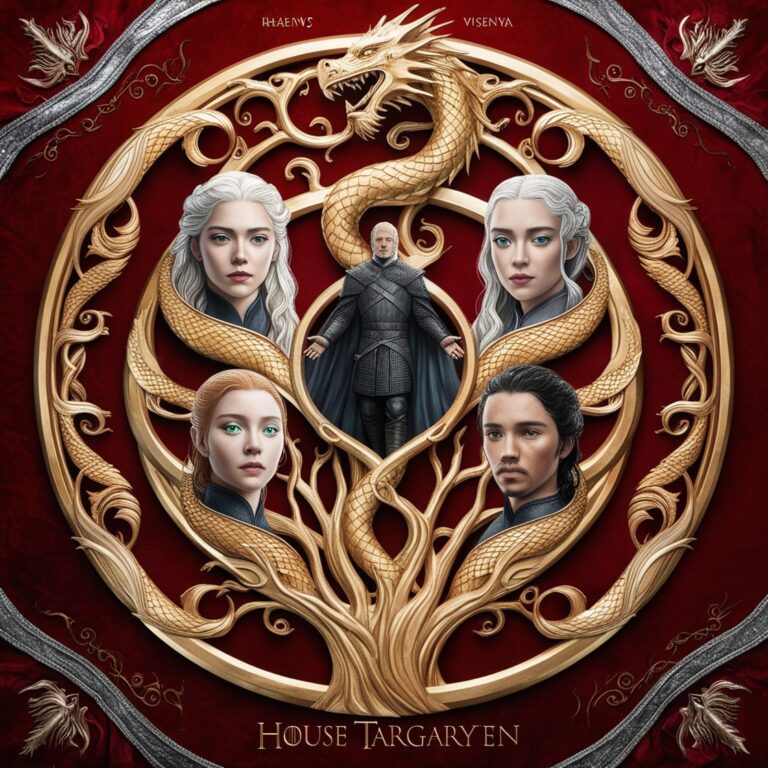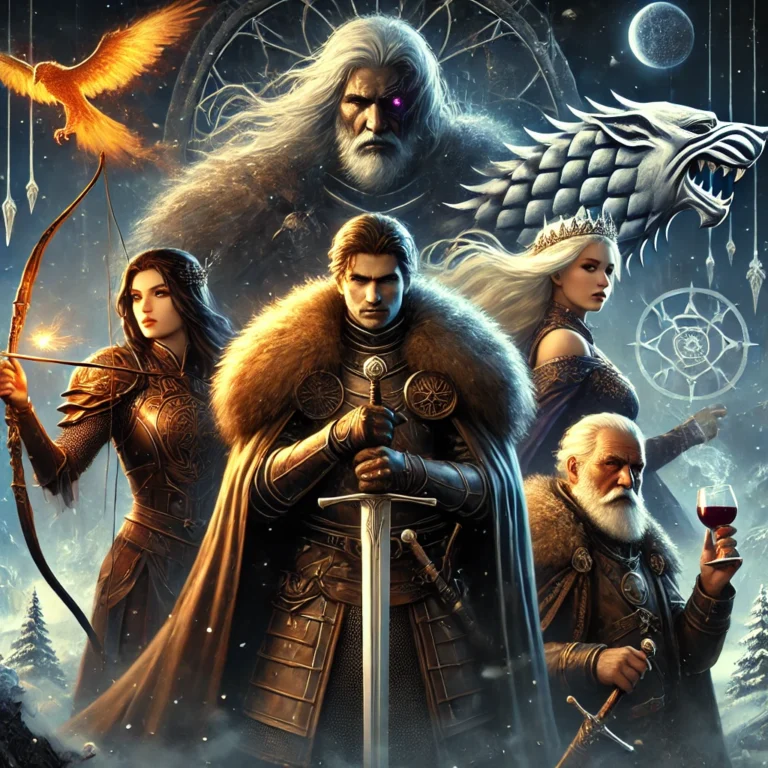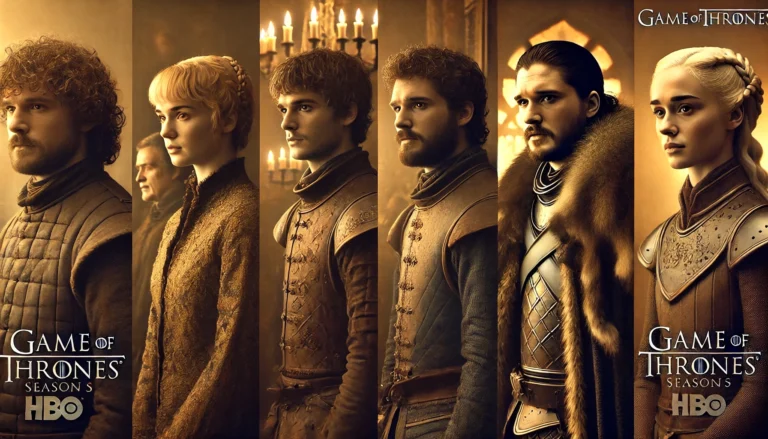“Why Are Game of Thrones Costumes Inconsistent?In-Depth Look”
Why Are Game Of Thrones Costumes Inconsistent?
Absolutely, here’s a deeper dive into each factor contributing to the costume inconsistencies in *Game of Thrones*, with even more specifics and examples to fully understand the context and reasoning behind these decisions.
—
1. Symbolism in Narratives and Character Growth
Daenerys Targaryen’s Outfits as a Journey: Daenerys’ journey is one of the most visually compelling in the series. Her costumes illustrate her evolution from vulnerable to powerful, with swift stylistic changes marking major transformations. Initially, Daenerys wears light Dothraki clothing—a pale blue tunic and earthy skirts that reflect her adaptation to the culture. As she gains power in Qarth, her attire becomes luxurious and regal with embroidered silks and intricate jewelry, symbolizing her increasing authority.
In later seasons, she wears darker, dragon-scale-like gowns, hinting at her acceptance of her Targaryen lineage and destiny to conquer Westeros. However, these costume changes were sometimes so drastic that they created a jarring visual transition, with little middle ground between her humble Dothraki looks and her regal attire.
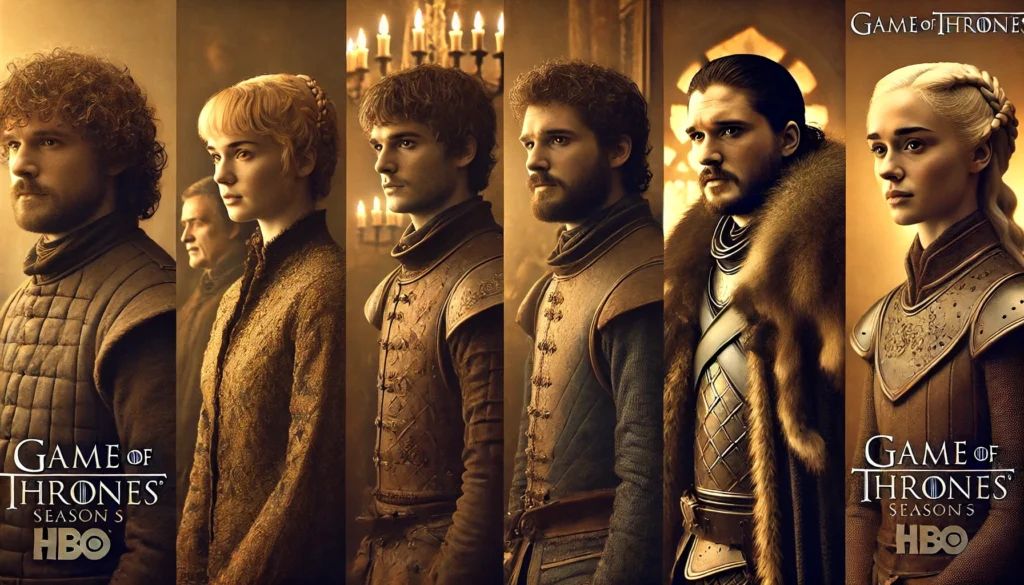
– Sansa Stark’s Symbols of Transformation:
Sansa’s costumes are rich with meaning and underscore her traumatic experiences. Her King’s Landing gowns, featuring Southron embroidery and pastel shades, signify her wish to blend into the Lannister-dominated court. Following her harrowing experiences, she embraces a dark Northern style upon returning to Winterfell, incorporating direwolf motifs to reclaim her Stark identity. Due to her rapid transformation after escaping Ramsay Bolton, some costumes seem sudden, such as her black leather bodice, which symbolizes her newfound resilience but contrasts with her earlier outfits.
– Cersei Lannister’s Color Evolution:
At first, Cersei’s attire features vibrant reds and golds, representing Lannister authority. In the later seasons, she dons darker, armored dresses, reflecting her shift toward ruthlessness and a more militaristic outlook. Her coronation gown in Season 6 is predominantly black with metal pauldrons, illustrating her emergence as a queen unbound by traditional femininity. This swift transition from red to black underscores her descent into darker motives, although the change appeared abrupt to viewers due to her dramatic transformation over a short period between seasons.
2. Impact of Changes in the Costume Design Team
– Execution Variations in Season 6: Michele Clapton’s brief departure in Season 6 gave April Ferry the opportunity to introduce her unique vision. Though she adhered to the established styles, some differences were noticeable. Jon Snow’s Night’s Watch cape appeared stiffer and slightly bulkier compared to the more organically crafted version from previous seasons, and Daenerys’ outfits seemed less intricate. Upon Clapton’s return, her meticulous design philosophy was restored, as seen in Cersei’s coronation dress and Daenerys’ symbolic dragon-scale gown.
– Intricate Texture Work Under Clapton’s Vision: Michele Clapton is renowned for her meticulous approach, incorporating hidden details that are seldom noticed on-screen. She added embroidered sigils, hand-stitched embellishments, and complex fabric layers. These subtleties were occasionally absent during her absence, and upon her return, she reestablished this focus, restoring the continuity fans had come to expect. This change underscored how nuanced costume design can be when a designer with such a specific vision departs, even temporarily.

– Early Seasons’ Limited Budget: During Seasons 1 and 2, budget limitations were quite apparent. For example, Jon Snow’s Night’s Watch costume in Season 1 notably featured Ikea rugs transformed into fur capes. Due to restricted finances, these costumes were frequently reused with minor modifications, resulting in characters occasionally appearing in visibly worn, patched, or recycled outfits. While this approach was practical, it sometimes disrupted continuity, as viewers might detect subtle changes in the arrangement of furs or fabric layers between scenes.
- Logistical Challenges with Remote Filming: Filming across multiple continents, often involving large crowd scenes, required practical costumes that could endure extensive travel and be easily managed by costume crews on set. For example, the Free Folk’s attire in “Hardhome” needed waterproof and insulated materials due to filming in cold, wet locations. This made certain garments appear bulkier than intended, causing a visual clash with how they looked in indoor scenes.
4. Evolution of Setting and Regional Differences
- Distinct Regional Styles: Each region of Westeros possessed a unique visual identity, and while this effectively established cultural differences, it created visual clashes when characters moved between regions. For instance:
- King’s Landing was influenced by Mediterranean climates, so characters wore lighter, flowy fabrics, often in warm hues. In contrast, the North featured heavier, fur-lined clothing suitable for cold weather. When characters like Arya and Sansa returned to Winterfell after spending time in the South, their wardrobe transitions had to reflect this change. However, the rapid style changes often made it seem as though they were trying to blend two drastically different climates and cultures quickly.
- When Jon Snow arrived at Dragonstone, his Northern attire appeared out of place among Daenerys’ followers, who wore lighter silks and warmer colors. This contrast was visually striking but sometimes felt jarring, as the show rarely depicted the characters adapting to the local styles.
- Dornish Styles: Dorne’s costumes featured sheer fabrics, bright colors, and a distinctly Mediterranean influence, which visually clashed when Dornish characters appeared in King’s Landing or with Northern characters. The Sand Snakes’ costumes, in particular, were criticized for being more stylized and less practical, sharply contrasting with the gritty, functional attire of other regions.
- Historical and Cultural Inspirations
- Costume Recycling and Reuse
- Impact of Rapid Production Schedules
- Audience Expectations and the Shift to High Fantasy Aesthetics
In essence, the Game of Thrones costume team faced the challenge of visually representing a complex, ever-evolving world with layered character arcs, cultural diversity, and production demands. The resulting costumes, while occasionally inconsistent, contributed to a rich visual tapestry that underscored the grandeur, tension, and complexity of Westeros and beyond. The inconsistencies, while notable, were often a result of ambitious storytelling, practical demands, and a need
